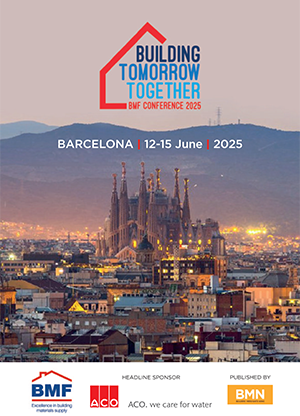Sometimes working in the construction industry can feel like you are juggling a host of different issues, but one that has grown in importance in recent years is the amount of pollution generated by construction work. Increasingly businesses are looking to see what they can do to reduce this pollution or minimise it as much as possible.
Air pollution
Perhaps the biggest problem for the construction industry is air pollution – this can be anything from diesel engine emissions to the burning of materials, and the processes involved with land clearing. The dust created by construction is unavoidably high and can carry over long distances. Classified as PM10 – particulate matter less than 10 microns in diameter – it is invisible to the naked eye.
PM10 has been shown to penetrate the lungs and can lead to respiratory problems, asthma and even cancer. It also comes from diesel engine exhausts from heavy equipment, known as DPM or diesel particular matter. This has soot, sulphates, and silicates in it that mix with other toxins already present in the atmosphere to cause problems.
The solution?
To combat this problem, the construction industry is seeking to control dust through the use of fine water sprays. Sites are also being screened to prevent the dust from leaving the location with fine mesh screens. Skips and trucks with materials in are kept damp with low water levels to avoid dust being created. Finally, the use of low sulphur diesel oil in equipment is being used where possible, alongside the latest in particular filters and catalytic converters.
Water pollution
Water pollution can happen through the use of chemicals and cleaners, through diesel and oil engines and from the debris and dirt generated during the work. Soil erosion also happens when land is cleared and leads to sediment pollution, making waterways muddy and reducing crucial sunlight for life within them.
The solution?
Land clearing is being done in a more careful and considered way, leaving as much vegetation in place to help avoid soil erosion. Also, piles of building materials such as sand and cement are checked to ensure that if they get wet, they will not run off into waterways. Non-toxic materials are used wherever possible and any toxic substances that are unavoidable are segregated and monitored to ensure there is no site contamination. All drains on sites are covered and wastewater generated is filtered through settlement tanks to help remove sludge.
Noise pollution
It is somewhat unavoidable that construction work creates noise, with vehicles and equipment being top causes as well as communication between staff. Noise pollution is an irritant but can lead to serious problems including loss of hearing, high blood pressure and sleep deprivation. It affects both people and animals.
The solution?
While it is probably the most difficult pollution to deal with, the construction industry is working to use modern, quiet power tools and equipment as well as generators with the aim of reducing the noise made. Wall structures that shield sound are also employed where possible and the careful handling of materials reduces unexpected, loud noises.
Darren Lester is the founder at SpecifiedBy, based in Edinburgh.









